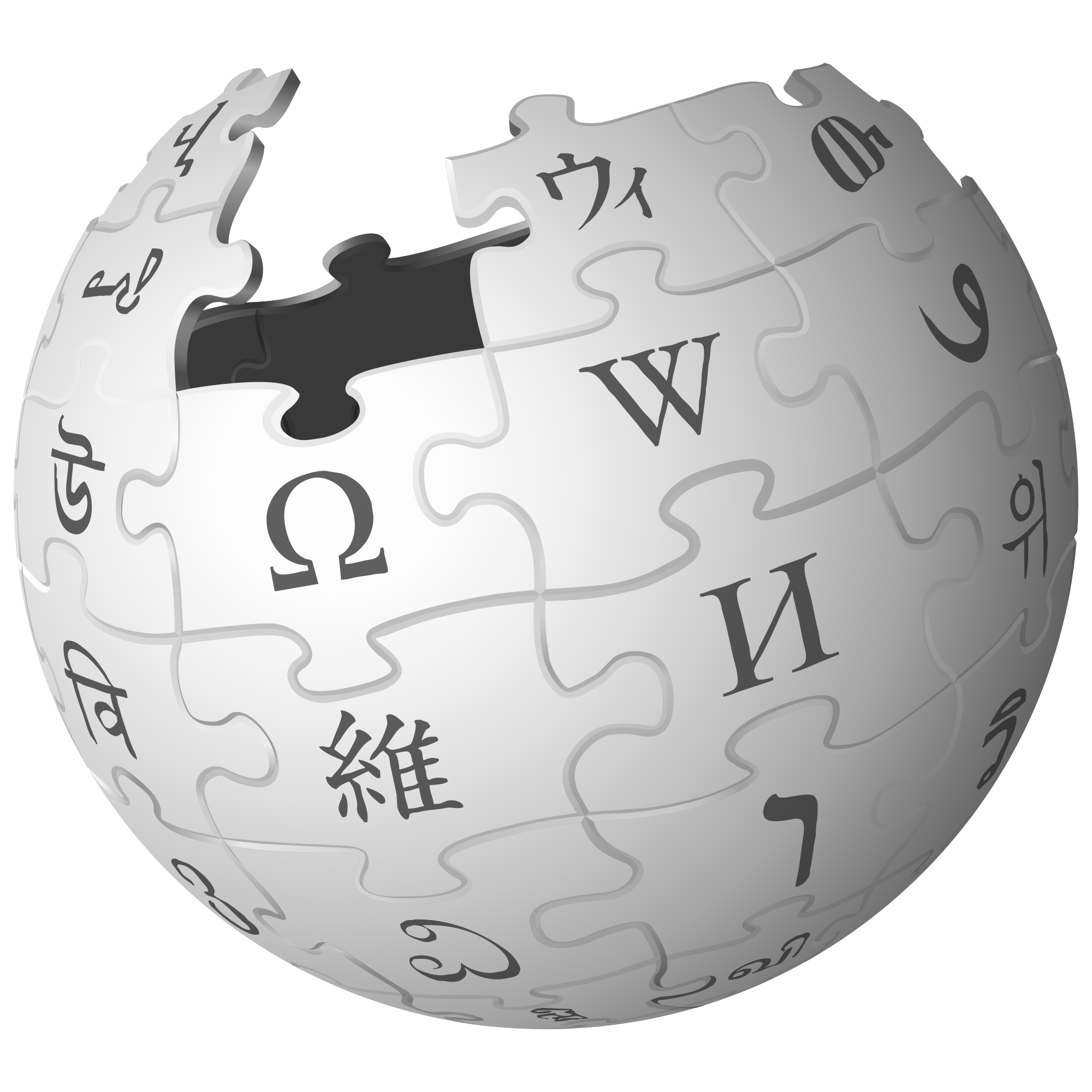This reminds me of turning a sphere inside out.
I love weird theoretical stuff like this that seems to have no practical, real world applications.
You’d think it would have no real-world applications based on how abstract it is, but topology actually has pretty enormous practical applications. For example, knot theory comes into play in biology in the study of protein folding.
The unknot is like the knot-theoretic equivalent of 1. Not the most exciting number but hardly useless.
My very limited understanding of knot theory tells me it should be more like the knot-theoretic equivalent if 0, as it’s the additive identity.
Huh.
Here is a video by Numberphile that explains what mathematical knots are:
So a circle, or a Möbius strip?
Similar, but not the same.
A knot is an embedding of a circle. So one takes a circle, and twists it up in whatever fashion they desire. Slightly more formally, It’s a continuous collection of points in 3D that does not overlap and begins where it ends.
The unknot is just a knot that is topologically equivalent to a circle. Like an elastic band. At rest, it can look just like a circle. But you can twist it up whichever way you like. It won’t look like a circle but you know that you can undo all of the twists and get back to the original shape.
It’s sometimes easier to think of a knot that is not the unknot: like the trefoil knot. No matter how much you fiddle with it it’s not going to be an unknot.
One of the few things I can be pedantic about, so I must…
topologically equivalent
Ambient isotopic in R^3, which is much stronger than homeomorphic, which is the usual notion of topological equivalence. Yet easier to understand intuitively, because ambient isotopy classes are basically just “what you can do with a rubber band.”






